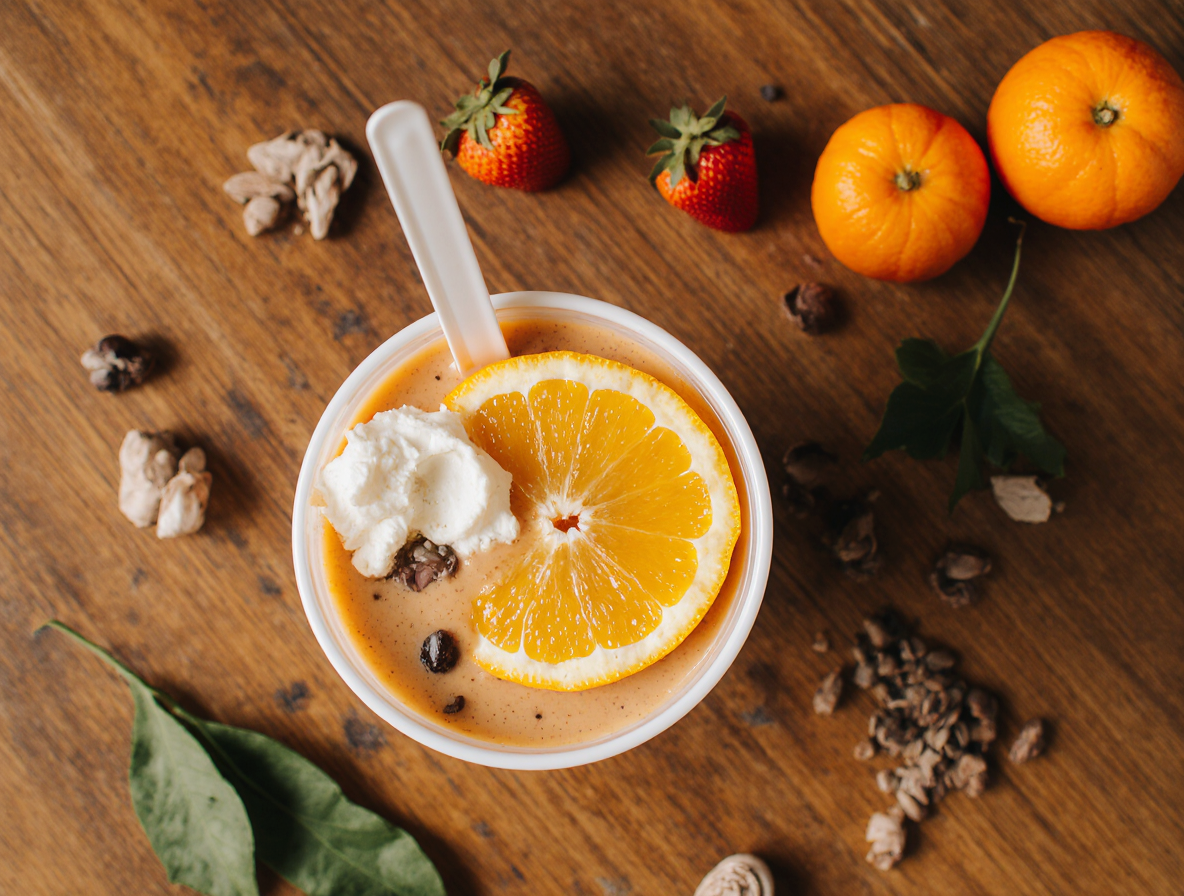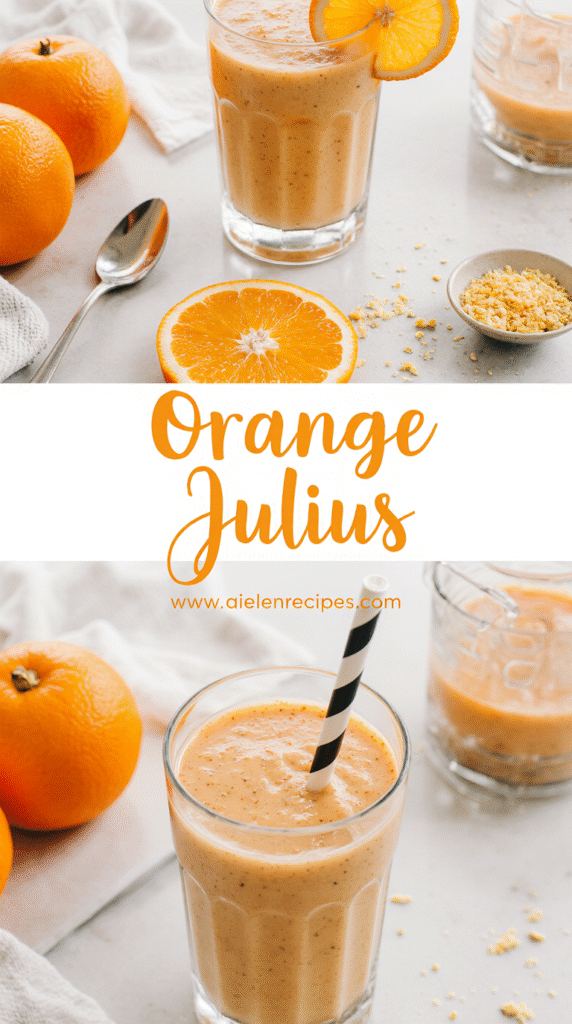The Truth About Skinny Syrups: A Complete Guide to Sugar-Free Flavoring
Skinny syrup has revolutionized the way we enjoy our favorite coffee drinks. Skinny caramel macchiato, skinny vanilla latte, skinny iced chai — these sugar-free versions of classic drinks are more popular than ever at coffee shops. As someone who loves flavor but watches my sugar intake, I’ve found these syrups to be a game-changer for my daily caffeine ritual.
When we look at the facts, it’s easy to see why skinny syrups are gaining such popularity. While a single tablespoon of white sugar contains 49 calories, most skinny syrups contain none. They’re also diabetic-friendly since they’re typically sweetened with zero-calorie natural sweeteners like sucralose and stevia, which are unlikely to trigger blood sugar spikes. In fact, major brands like Jordan’s Skinny Mixes offer products that are not only calorie-free but also free from artificial flavors and colors, yet still deliver full, delicious flavor. With availability in over 13,000 retailers across the US, Canada, and Europe, it’s clear these healthier alternatives are here to stay.
In this guide, we’ll explore everything you need to know about skinny syrups — from their ingredients and popular flavors to health considerations and creative uses. Whether you’re new to the skinny syrup world or looking to expand your knowledge, this comprehensive overview will help you make informed choices about incorporating these sugar-free flavorings into your lifestyle.
What is skinny syrup and how is it made?
Skinny syrups are sugar-free flavoring products designed to add taste without the calories or sugar found in traditional syrups. These innovative flavorings come in two main varieties: those sweetened with artificial sweeteners and those using natural alternatives.
The primary type of skinny syrup relies on sucralose (a modified sugar molecule) as its main sweetener. Sucralose starts as regular sugar but undergoes laboratory modification that makes it hundreds of times sweeter than sugar, requiring only tiny amounts for the same effect. These syrups typically contain water, natural and artificial flavors, cellulose gum (a thickener that creates the syrupy consistency), citric acid, and preservatives like sodium benzoate and potassium sorbate. Some formulations also include acesulfame potassium as an additional sweetener.
For those preferring natural options, there’s a growing category of naturally sweetened skinny syrups. These products use a combination of stevia (derived from the Stevia rebaudiana plant), monk fruit (a Southeast Asian fruit 150-200 times sweeter than sugar), and erythritol (a sugar alcohol found naturally in fruits). Jordan’s Skinny Mixes offers a naturally sweetened line featuring these ingredients with zero calories and zero sugar.
Manufacturing skinny syrup involves a relatively simple process. For homemade versions, it requires simmering the sweetener with water until a transparent syrup forms, then cooling before bottling. Commercial production follows similar principles but with precise formulation to ensure consistent flavor, shelf stability, and texture.
The nutritional profile is impressive – most skinny syrups contain zero calories, zero sugar, and zero carbs per serving. However, naturally sweetened varieties may contain about 6 grams of carbs per serving.
Flavor options are extraordinarily diverse – from classics like vanilla, caramel, and salted caramel to more unusual options such as glazed donuts, cotton candy, and even unicorn-themed blends with blue raspberry, frosting, and cotton candy notes.
Moreover, these products accommodate various dietary needs, being gluten-free, kosher, keto-friendly, and diabetic-friendly. Most are vegan-friendly, though a few flavors like Cookie Dough, Horchata, and Eggnog contain dairy.
How to make your own skinny syrup at home
Making your own skinny syrup at home is surprisingly simple and economical. The basic recipe requires just two ingredients – a sugar-free sweetener and water – plus any flavoring agents you desire.
For the standard skinny syrup, combine 1 cup of sucralose sweetener (like Splenda) with 1 cup of water in a saucepan. Bring the water to a boil over medium heat, remove from the stove, then add the sweetener and mix until fully dissolved. Let it cool completely before straining through a coffee filter to remove any sediment.
If you prefer natural alternatives, substitute the sucralose with 2 tablespoons of stevia (like Truvia Stevia Leaf). The preparation method remains identical.
To enhance stability and prevent crystallization, consider adding a small amount of corn syrup or lemon juice to your homemade mixture. For thicker syrup, some recipes recommend adding 1/4 teaspoon of xanthan gum after dissolving the sweetener.
Storage is crucial for preserving your homemade skinny syrup. Always use a sterilized, air-tight glass container rinsed with boiled water to prevent contamination. Unflavored skinny syrup typically lasts up to 1 month in the refrigerator, whereas flavored varieties should be used within 2 weeks.
For extended shelf life, freezing is an excellent option. Pour the syrup into ice cube trays and once frozen, transfer the cubes to freezer-safe bags where they’ll keep for up to 6 months.
The joy of making skinny syrup at home lies in customization. Create vanilla syrup by adding vanilla extract after cooling, mint syrup with fresh mint leaves during simmering, or coffee syrup with coffee extract. Additionally, you can experiment with ginger, cocoa powder, or berry extracts for unique flavor profiles.
Homemade skinny syrups eliminate unwanted preservatives found in commercial versions. Furthermore, DIY versions are significantly more economical than store-bought alternatives, making them an attractive option for both health-conscious individuals and budget-minded consumers.
Creative ways to use skinny syrup in drinks and food
Beyond coffee drinks, skinny syrups offer versatile flavor options for countless food and beverage creations. These zero-calorie, zero-sugar flavor enhancers can transform ordinary meals and drinks into extraordinary culinary experiences.
Coffee enthusiasts particularly enjoy using skinny syrups in both hot and cold coffee preparations. For a refreshing summer treat, try a Skinny Salted Caramel Iced Coffee by mixing chilled coffee with 2 tablespoons of Salted Caramel Skinny Syrup and milk to taste. Alternatively, experiment with Skinny Mocha Syrup in Earl Gray tea for an unexpected flavor combination.
In addition to coffee applications, skinny syrups excel in creating delicious zero-calorie mocktails. Instead of traditional sugar-laden cocktail mixers, try using sugar-free mocktail mixers that mimic the texture and sweetness of your favorite drinks. For instance, a Peach Tea Spritzer offers a refreshing alcohol-free option with peachy goodness and a sparkling twist.
Breakfast foods benefit immensely from skinny syrup additions. Consider these morning applications:
- Add a splash of flavor to pancake or waffle batter directly
- Drizzle maple syrup over yogurt with fresh fruits
- Mix into oatmeal for added sweetness without calories
Baking enthusiasts will appreciate skinny syrups as versatile ingredients. For a delightful sugar-free frosting, combine 2 tablespoons of skinny syrup with ½ cup room-temperature butter, 1 cup confectioners sweetener, and 2 tablespoons milk. Popular frosting combinations include Pumpkin Cheesecake Syrup on pumpkin muffins and Strawberry Rose Syrup on vanilla cupcakes.
Indeed, skinny syrups shine in protein-focused recipes. Create no-bake protein bites by mixing whole grain oats and almond butter with skinny syrup varieties like Banana Split, Peanut Butter Cup, or Salted Caramel.
Notably, the flavor possibilities are extensive. Major brands offer everything from traditional vanilla and caramel to unique options like Cotton Candy, Unicorn, and Mermaid flavors. With zero sugar and zero calories per serving, these versatile syrups allow for guilt-free flavor experimentation across your culinary repertoire.
Conclusion
The Sweet Truth About Skinny Syrups
Skinny syrups certainly offer a practical solution for anyone seeking flavor without the caloric consequences of traditional sweeteners. Throughout this guide, we’ve explored how these zero-calorie alternatives provide diabetic-friendly options that won’t spike blood sugar levels while still delivering satisfying taste experiences.
Making the switch to skinny syrups represents a small change with significant impact. Rather than consuming 49 calories per tablespoon of regular sugar, you can enjoy rich flavors like vanilla, caramel, or even more adventurous options such as glazed donut or cotton candy without the calorie guilt. This benefit becomes particularly valuable when we consider daily coffee consumption habits.
Additionally, the versatility of these products extends far beyond coffee drinks. Their application ranges from protein-rich recipes and baked goods to mocktails and breakfast foods, making them a valuable pantry staple for health-conscious individuals.
DIY enthusiasts will undoubtedly appreciate the simplicity of creating homemade versions. The basic recipe requires minimal ingredients and offers complete control over ingredients while saving money compared to store-bought alternatives.
Last but not least, skinny syrups accommodate various dietary preferences. Most options are gluten-free, kosher, keto-friendly, and vegan (with noted exceptions), thus serving diverse nutritional needs.
My personal experience with skinny syrups has transformed my daily coffee routine from a potential diet-breaker into a guilt-free pleasure. Whether you choose commercial varieties or craft your own at home, these flavor enhancers provide a practical way to enjoy sweetness without compromising health goals. The next time you crave something sweet, consider reaching for a skinny syrup – your taste buds will thank you while your waistline remains unaffected.
FAQs
Q1. Are skinny syrups actually healthy? While skinny syrups are calorie-free and sugar-free, they’re not necessarily “healthy” in the traditional sense. They can be a good option for those looking to reduce calorie and sugar intake, but they contain artificial sweeteners which some people prefer to avoid. Moderation is key when using any sweetener, including skinny syrups.
Q2. How do skinny syrups compare to regular sugar syrups? Skinny syrups contain zero calories, carbs, and sugars, while regular sugar syrups typically have 49 calories per tablespoon. Skinny syrups are sweetened with zero-calorie alternatives like sucralose or stevia, making them suitable for those watching their calorie intake or blood sugar levels.
Q3. Can skinny syrups be used in baking and cooking? Yes, skinny syrups can be used creatively in various recipes. They work well in baked goods, frostings, and even savory dishes. For example, you can use them to make sugar-free frostings or add flavor to protein bites. However, keep in mind that they may not provide the same texture or browning properties as sugar in some recipes.
Q4. How long do homemade skinny syrups last? Homemade unflavored skinny syrups typically last up to 1 month when stored in a sterilized, air-tight glass container in the refrigerator. Flavored varieties should be used within 2 weeks. For extended shelf life, you can freeze the syrup in ice cube trays and store the frozen cubes for up to 6 months.
Q5. Are there any side effects of using skinny syrups? While skinny syrups are generally considered safe for most people, some individuals may experience digestive issues or headaches from the artificial sweeteners used. Additionally, despite being calorie-free, these syrups might still trigger an insulin response in some people due to their sweet taste. As with any dietary change, it’s best to use them in moderation and consult with a healthcare professional if you have concerns.


